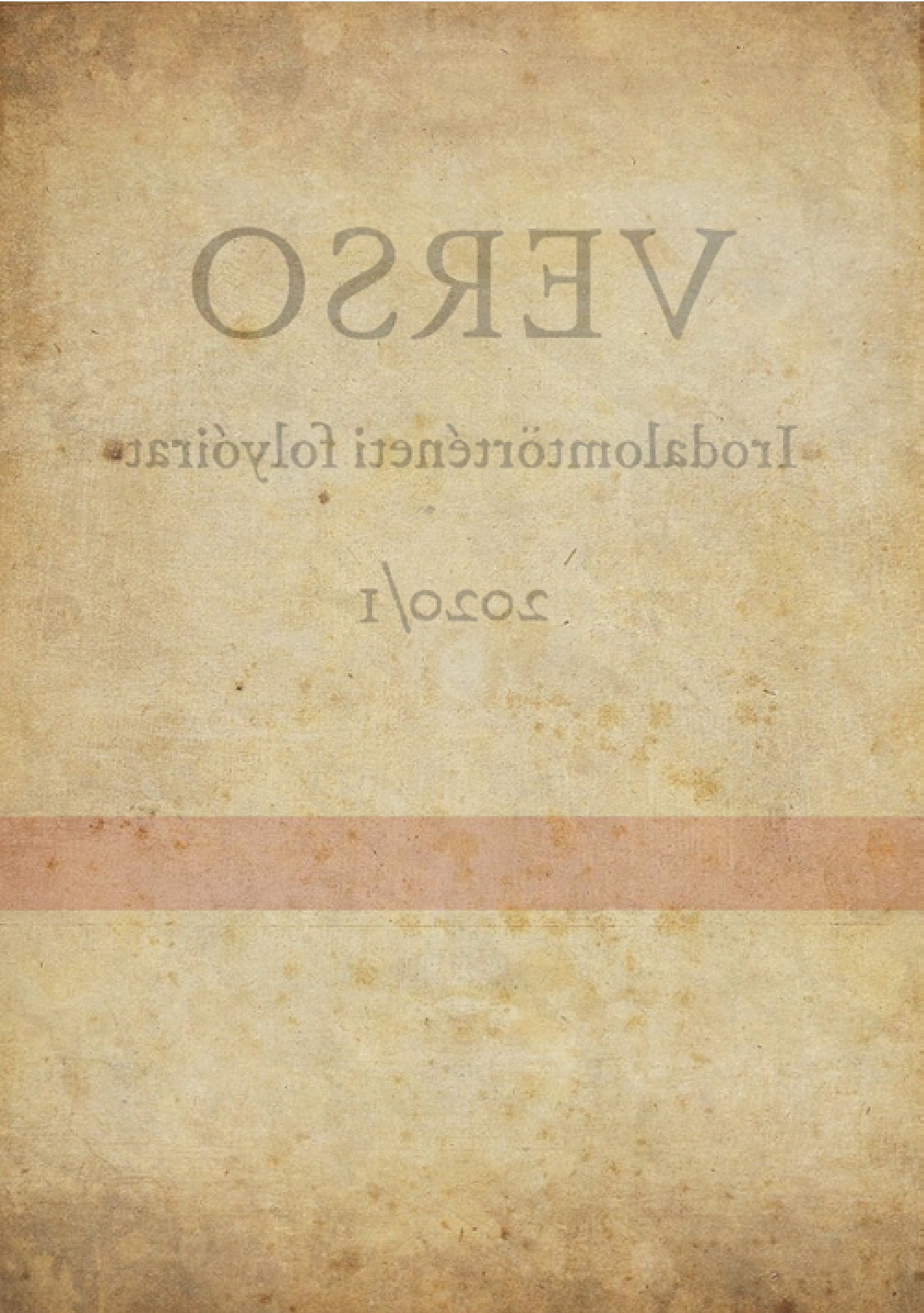Dramaturgical patterns in Bánk Bán
DOI:
https://doi.org/10.15170/VERSO.3.2020.1.75-98Abstract
The essay examines how in Bánk bán József Katona uses the dramaturgical tools of the two characteristic drama types of the era, the sentimental comedy, and the fate drama. The study is based on the analysis of two passages of Bánk bán, Bánk’s love monologue (Act I) and Mikhál’s narrative (Act IV). In Bánk’s monologue, the individual conception of love reshapes sentimental comedies’ conventional theme, the trial of virtue. It is characteristic of the dark horizon of the drama that the plot features three women, and all three become victims of some kind of violence. These events reinforce the psychological dimensions of the work. Mikhál’s narrative, which many see as an epic interlude and is thus often omitted in performances, is an integral part of the drama. The consequences of a tragic night of the past will further shape the fate of the Spanish characters, the Mortundorfs of Bojóth (Mikhál, Simon and Melinda). It is characteristic of the organic composition of the drama that this process, precisely through Mikhál’s narrative, is related to the tragedy of Gertrudis (and of course, Bánk). The process of the fate drama thus transcended becomes one of the decisively important voices of the tragic harmony of Bánk bán.

